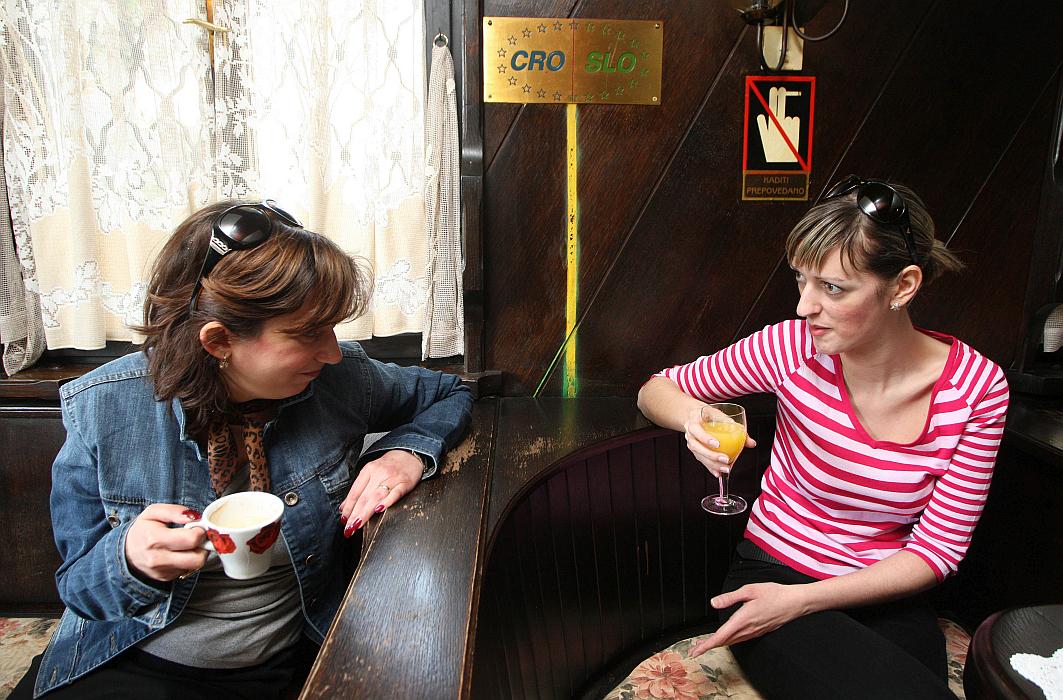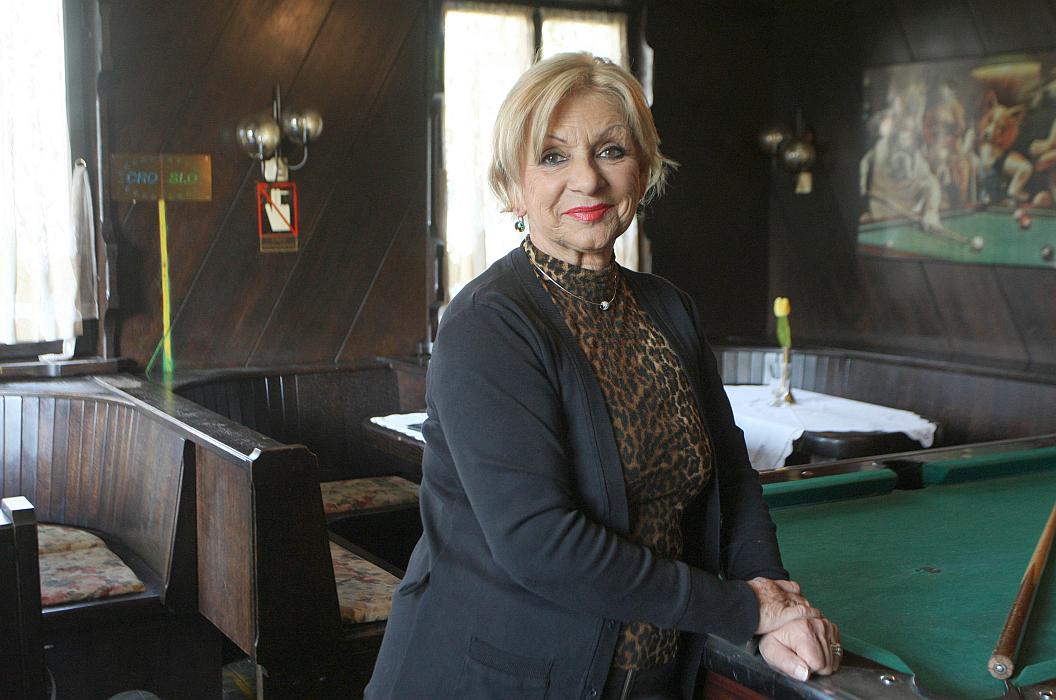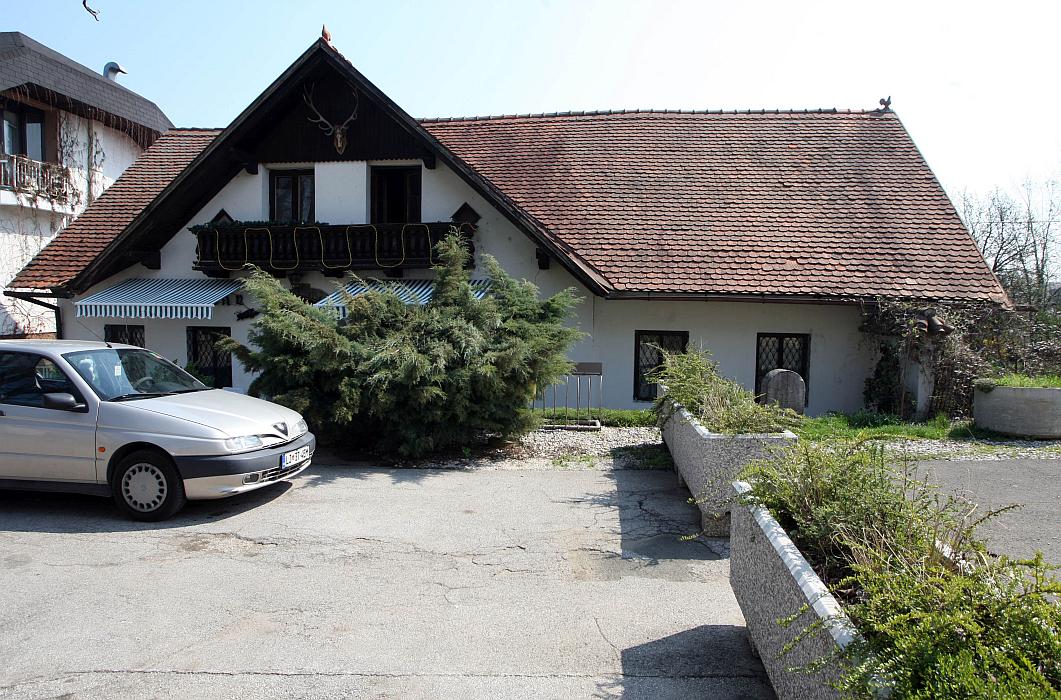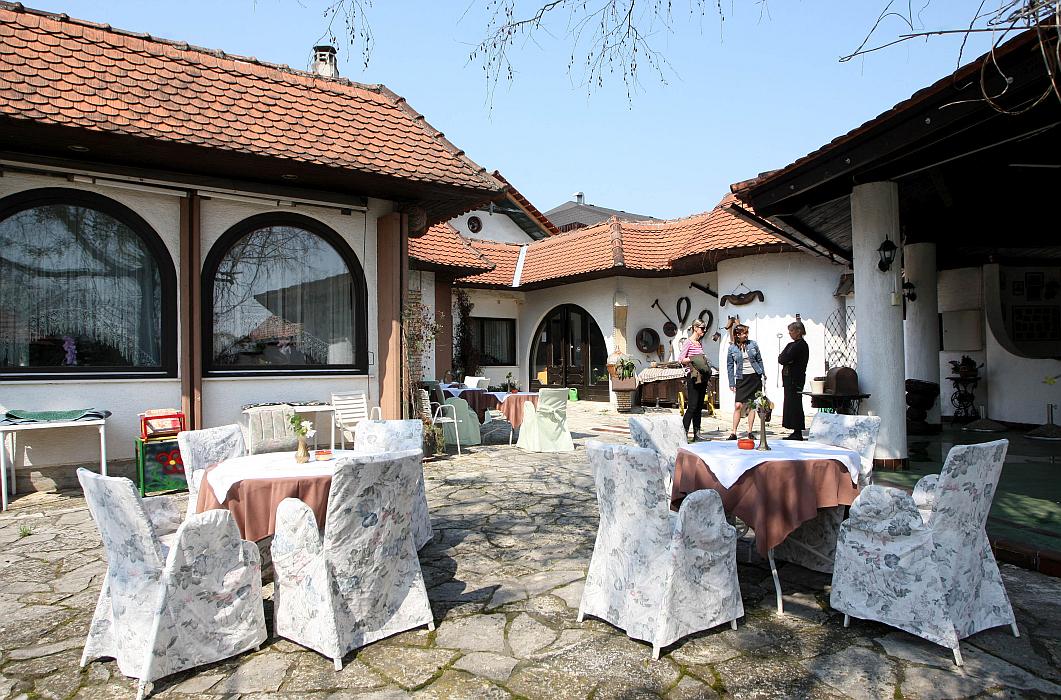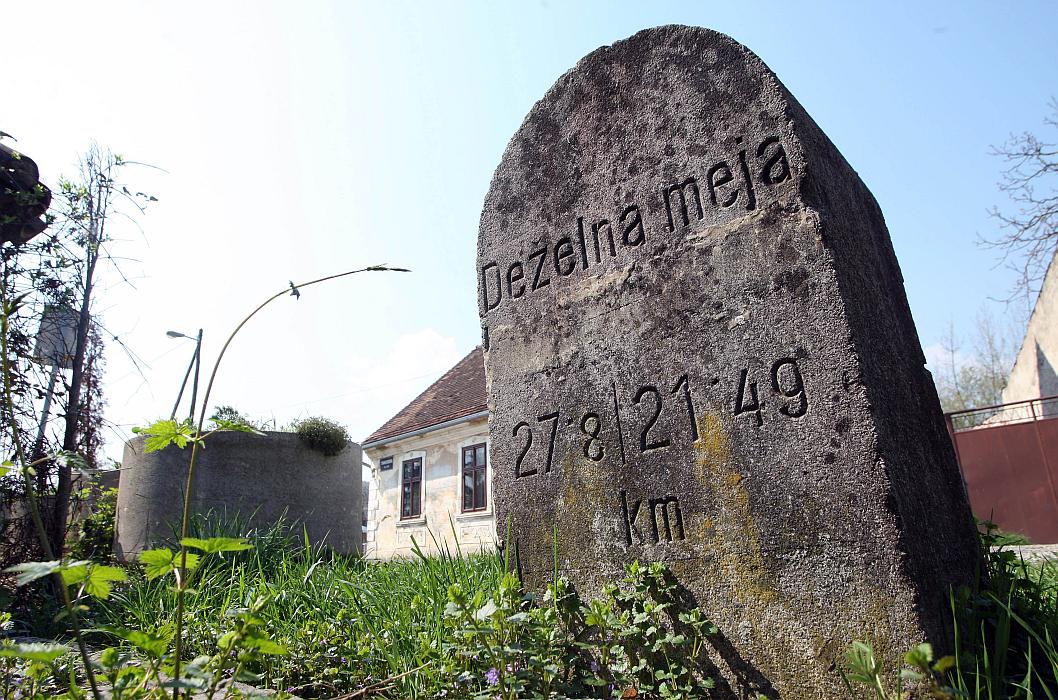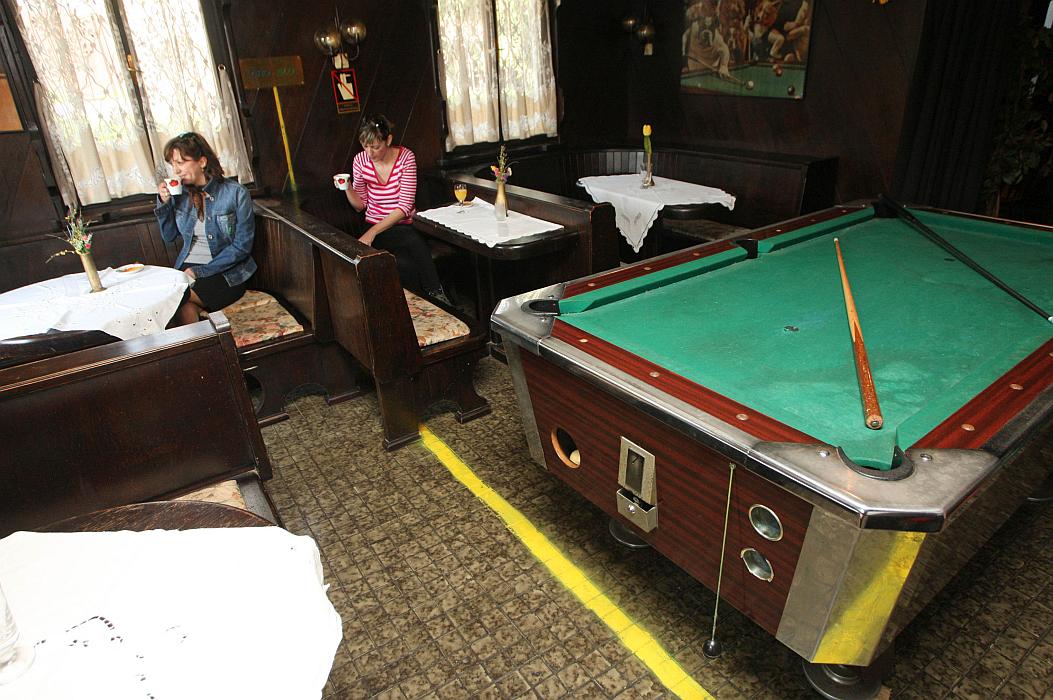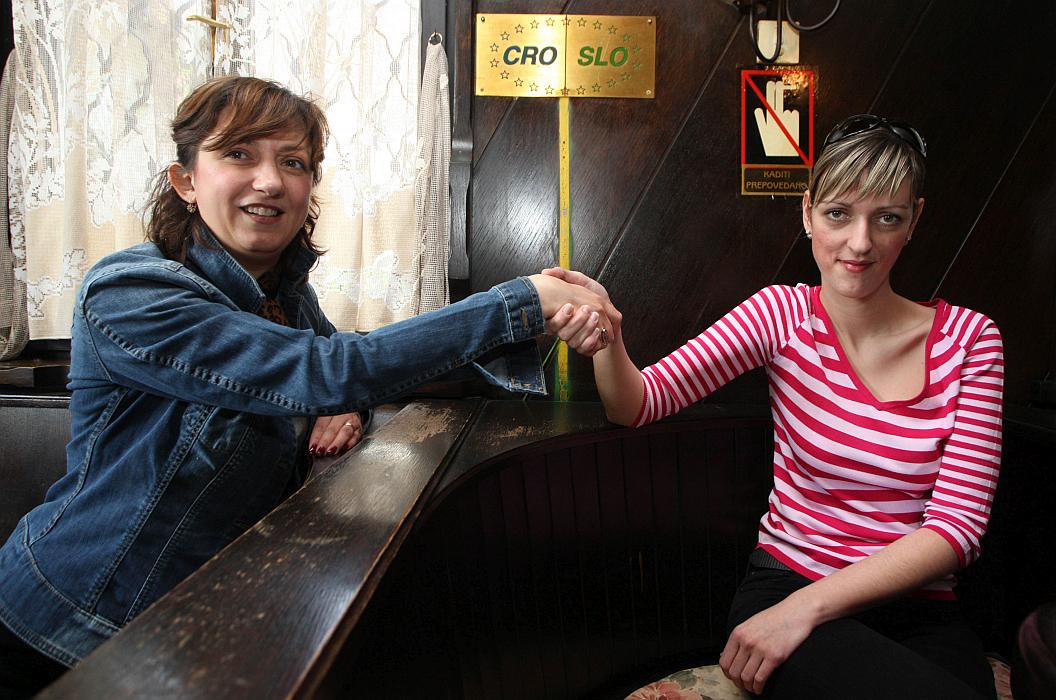
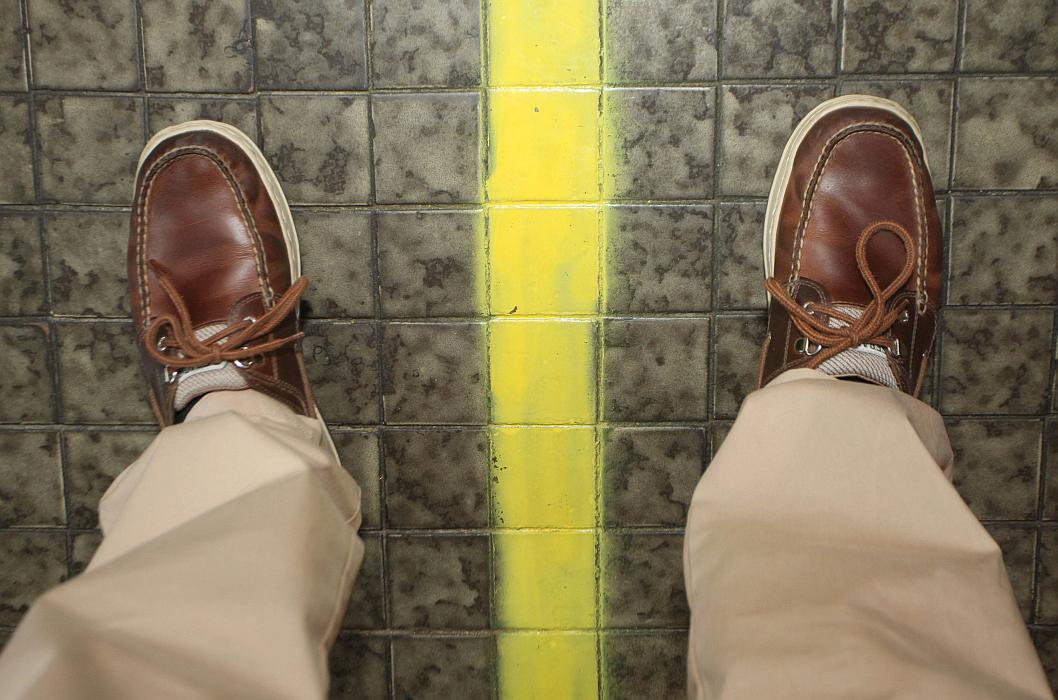
The virtual border runs through the middle of the house at Obrežje 6: there is a boundary stone outside the house, and a yellow line runs through it. So you can choose in which country would you like to eat – perhaps a roast in Slovenia, and a dessert in Croatia, and next you have to choose in which country to play pool … Waiters have to cross the border countless times during one shift in order to bring dishes from the kitchen to the tables, and then return.
Or, as reported by AFP in 2013: the refrigerator for beverages stands on the Slovenian territory, and a crate for empty bottles on the Croatian.
It would be difficult to find a similar inn to the one in the close vicinity of Mokrice. Even the Americans were fascinated by this inn, and in 2009, at the time of tension between Slovenia and Croatia, published a long article about in in New York Times.
"It is the Balkan Peninsula, where every little piece of land counts," the owner of the inn Saša Kalin said for the newspaper. In 2004, when Slovenia joined the European Union, he found out that one half of his inn was a part of the Union, while the other, Croatian part, remained outside. Kalin, Croatian on his mother's side, and Slovenian on his father's side, in order to avoid possible problems drew a yellow demarcation line between booths and a pool table, and realized that this local peculiarity could become an advantage.
Ministerial meeting in the inn
New York Times also mentioned that - truth be told - guests tipsy from pear brandy could soon run into somewhat less hospitable armed border guards from Croatia. The article then mentioned spokes Slovenia was putting in Croatian wheel turning towards EU, and summarized the Croatian-Slovenian border disputes, and turbulent Yugoslav history. Kalin had some problems as well during those days, partly due to the newly awakened nationalism, and partly because of the problems their guests had with identification at the border crossing.
But Samuel Žbogar and Gordan Jandroković had no such problems in 2010, when they met at the Kalin restaurant to discuss "topics of interest for both countries ". We never learned who sat on which side of the border line.
When Croatia entered the EU in 2013 the problems became fewer (there is no border guard, who used to stand in front of the restaurant 24 hours per day), but, as Jaka Bartolj wrote for our English portal zapisal za naš angleški portal Jaka Bartolj, every now and then interesting dilemmas still occur: when Slovenia banned smoking from the restaurants, it was still permitted in Croatia. It meant that the owner might have allowed smoking in one part of the room, while it would have to be prohibited in the other half …
The problems caused by new borders
In other parts in Slovenia the new borders caused much more serious consequences. After the World War II the border close to Miren was traced rather superficially, and it split the cemetery: one part to Slovenia, and the other to Italy; even some graves were split between the two countries. At the peak of the cold war the relatives of the deceased were able to visit the graves only a few times a year, accompanied by an armed guard.
After the World War I the town of Rateče was allocated to Yugoslavia, and most of the farmland to Italy. For a long period of time the locals were issued special passes which allowed them to bypass the regular border controls, but the border guards still diligently checked hay stacks in order to prevent smuggling of forbidden goods, Bartolj explains.
K. S., translated by G. K.




















































